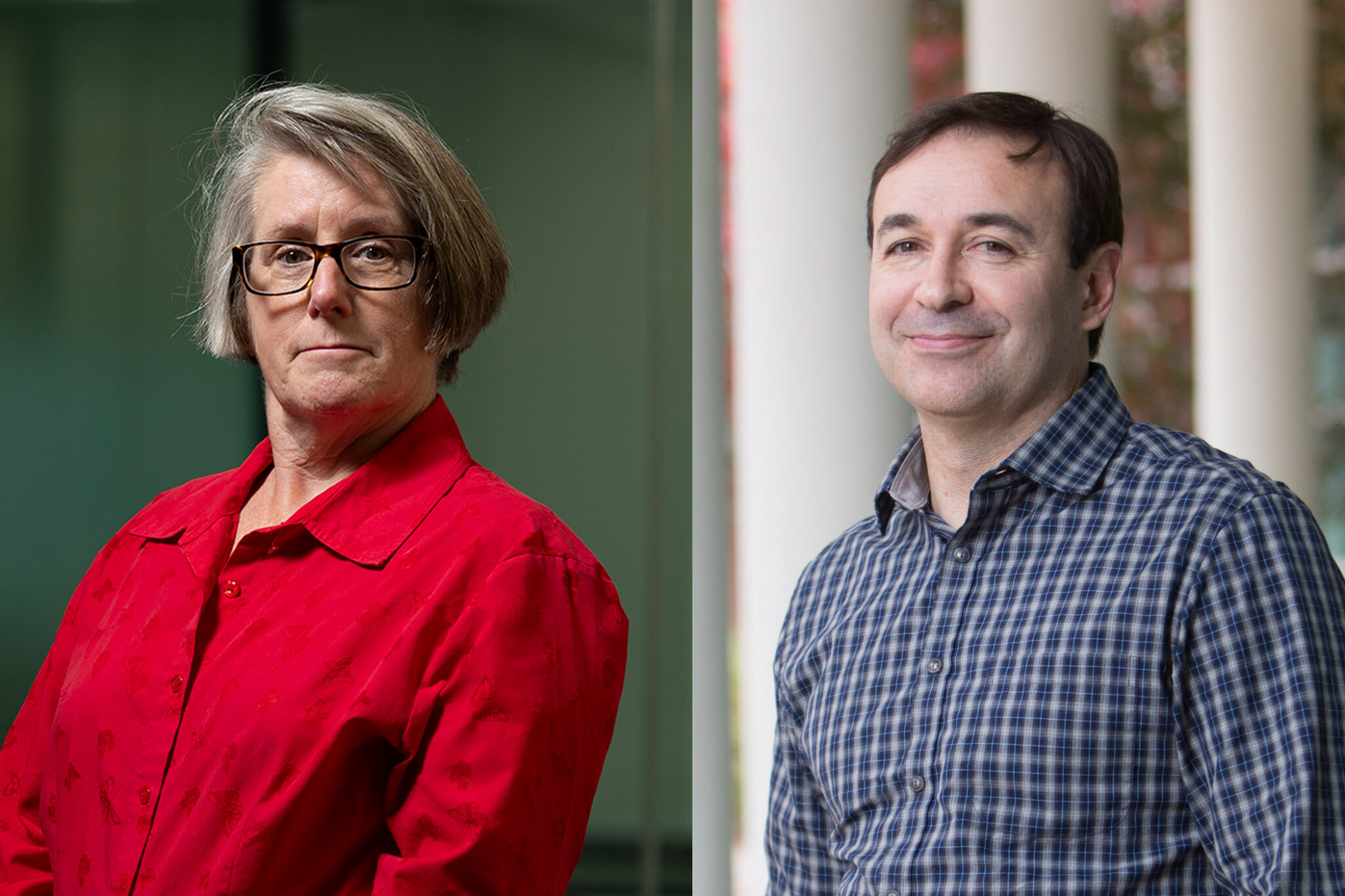By Brad Haire
University of Georgia
The tabletop model shows how surface-water runoff can affect local waterways, said Gary Hawkins, an Extension Service engineer with the University of Georgia College of Agricultural and Environmental Sciences.
Blue Kool-Aid, for instance, can represent fertilizer on a farm field or home lawn. When "rain" from the spray bottle hits the Kool-Aid, it begins to flow. A student can easily see how that fertilizer can eventually reach waterways and become pollution.
Different Kool-Aid colors can show how other pollutants, such as oil and gas from parking lots, can reach waterways, too.
"The 3D aspect of the model gives a hands-on effect," Hawkins said. "It gets the point across much faster than listening to a lecture."
It's just one of several tools used in the "Fun with Pollution Prevention" program developed by the UGA biological and agricultural engineering faculty.
"A lot of pollution prevention and water-quality educational
programs are geared to adults," Hawkins said.
The rainfall simulator is another tool. It shows how soil sediment gets into waterways. Sediment can cover the bottom of a stream and choke out microorganisms and invertebrates. This can cause a bad ripple effect throughout the stream's food chain.
Other tools include subsurface water models and low-cost water testing kits. Students can use the kits to test their local water's pH, nitrates and dissolved oxygen levels.
"The tools with this program show how individual actions can have a positive or negative effect on waterways," Hawkins said.
The program is part of the UGA Agricultural Pollution Prevention Program. It's funded through the Pollution Prevention Assistance Division of the Georgia Department of Natural Resources.
It focuses on nonpoint-source pollution. This pollution can't be attributed to a particular point, such as a pipe dumping waste into a river.
Since the signing and implementation of the U.S. Clean Water Act in the 1970s, many specific-point pollution sources have been fixed.
Nonpoint-source pollution remains a problem, Hawkins said. It's harder to narrow down and control because it comes from so many different places.






